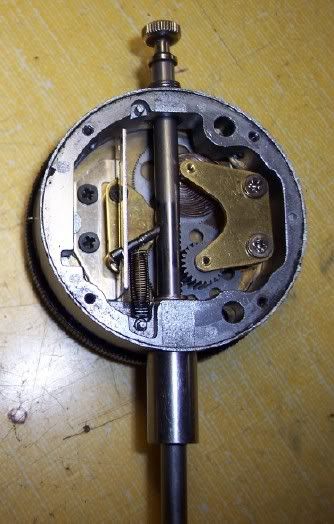K
Kludge
Guest
While I'm familiar with the innards of watches and know that dial indicators aren't much different, has anyone here had any experience with their maintenance before I open one up. It's a lovely older one made into a micrometer good to 5mm. Right now, it's sticking and it feels like there's some dirt in the works or maybe a damaged wheel ... er, gear. In any case, I want to open it up and see if it's fixable.
IF I ruin it, I'm not really out any $$$ but I'd prefer not doing that since it's a pretty cool tool. So, if anyone's got any hints, tips, wisdom or the like, I'd really apreciate the help.
BEst regards,
Kludge
IF I ruin it, I'm not really out any $$$ but I'd prefer not doing that since it's a pretty cool tool. So, if anyone's got any hints, tips, wisdom or the like, I'd really apreciate the help.
BEst regards,
Kludge


































































